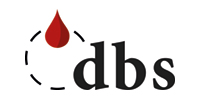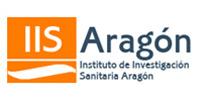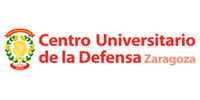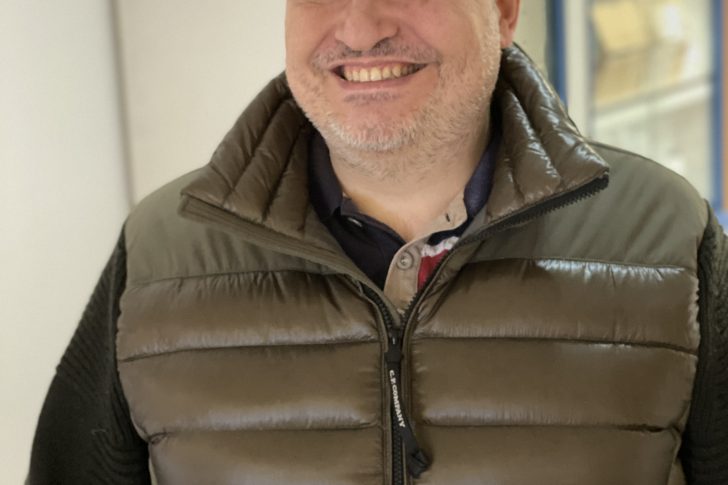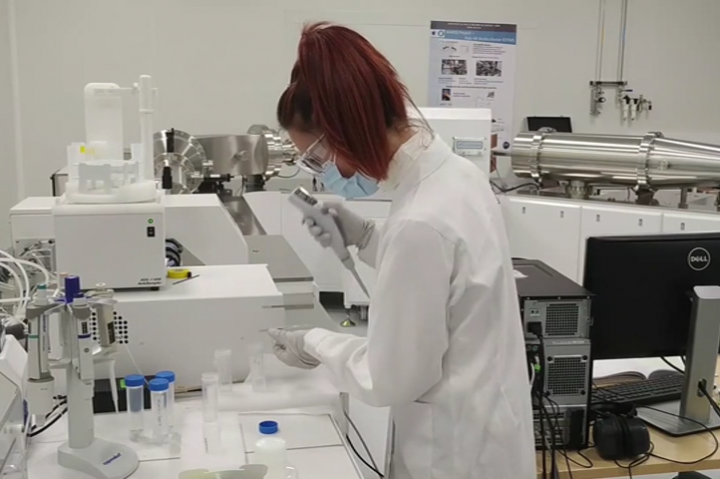III Workshop about DBS and minimally invasive clinical analysis
We are pleased to invite you to the final day of the DBS project “Dried blood spots for minimally invasive clinical analysis and early detection of rare diseases (EFA 176/16 / DBS)” (http://dbs.unizar.es/), funded by the Interreg POCTEFA program, which will take place on November 18th, 2021 from 11:00 to 13:30. To attend the conference,…
